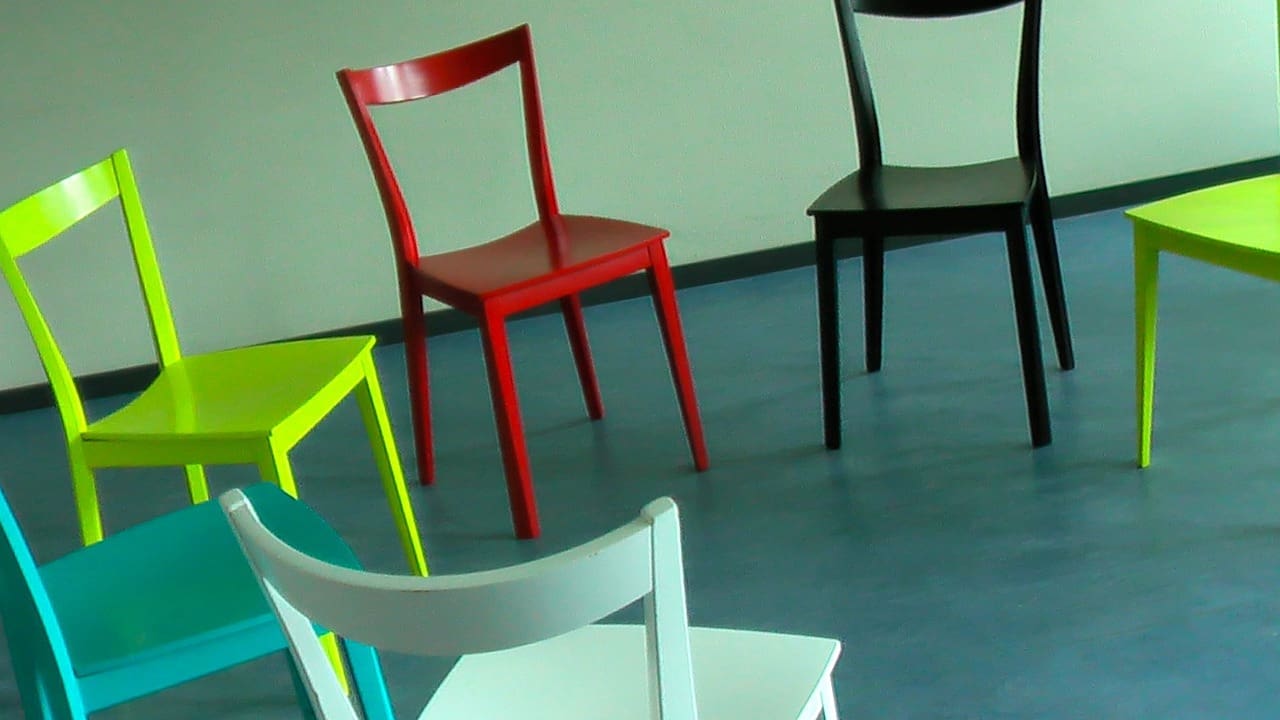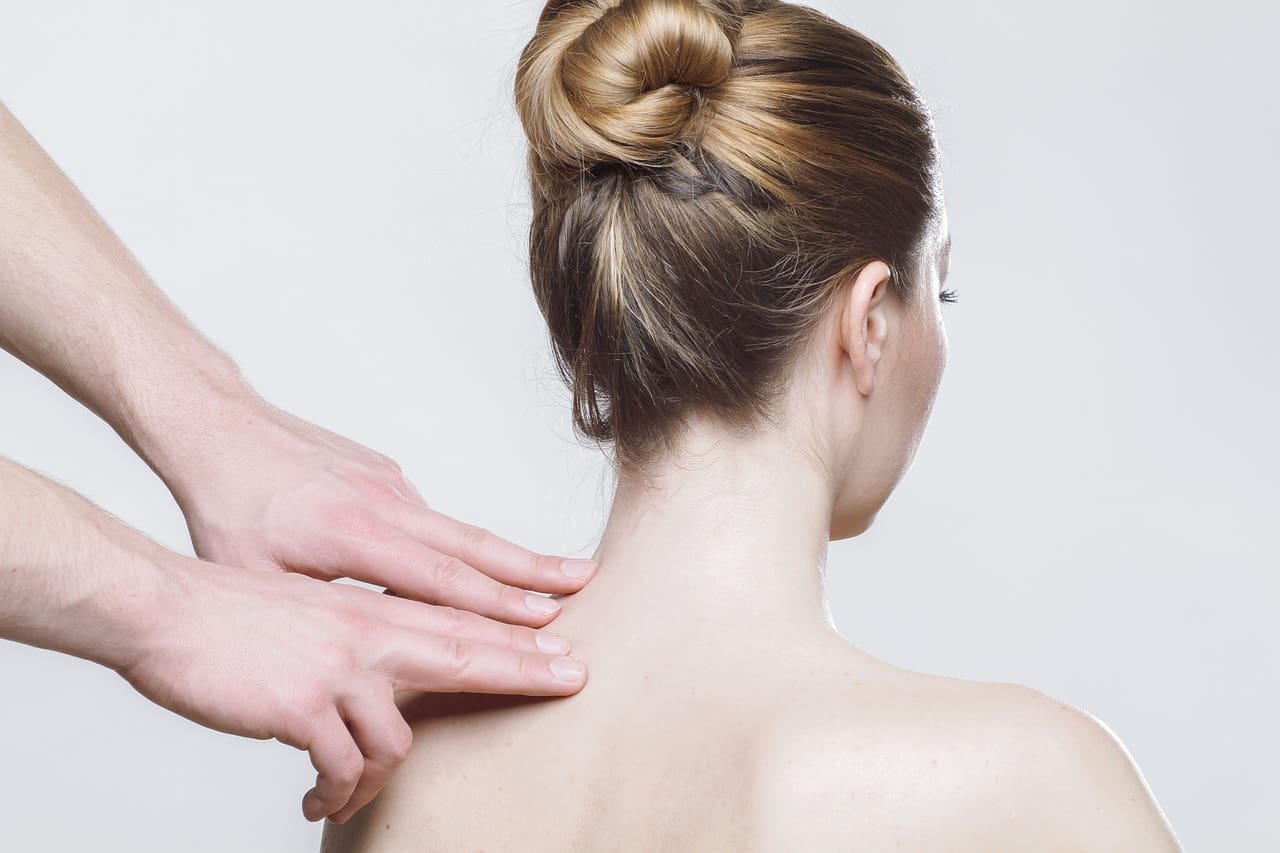Have you been struggling with disc protrusion and looking for alternative therapies to help alleviate your pain and discomfort? In this article, you will learn about various alternative treatments that can potentially provide relief for disc protrusion.
Understanding Disc Protrusion
Disc protrusion, also known as a herniated or slipped disc, occurs when the inner core of a spinal disc pushes through its outer shell. This can result in pain, numbness, tingling, and weakness in the affected area. If you have been diagnosed with disc protrusion, it’s essential to understand the condition before exploring alternative therapies.
What is Disc Protrusion?
Disc protrusion is a common spinal condition that can occur in any part of the spine, but is most frequently found in the lower back (lumbar region) or neck (cervical region). The symptoms of disc protrusion can vary depending on the location and severity of the herniation.
How Does Disc Protrusion Happen?
Disc protrusion can be caused by various factors, such as aging, repetitive stress on the spine, improper lifting techniques, or traumatic injury. The inner core of a spinal disc can weaken over time, making it more prone to herniation with even minor pressure or strain.
Alternative Therapies for Disc Protrusion
When it comes to treating disc protrusion, traditional medical interventions such as physical therapy, medications, injections, or surgery are commonly recommended. However, alternative therapies can also play a significant role in managing pain and promoting healing for individuals with disc protrusion.
Chiropractic Care
Chiropractic care focuses on spinal adjustments to improve spinal alignment and reduce nerve interference caused by disc protrusion. A chiropractor can use manual manipulation techniques to gently realign the spine and provide relief from pain and discomfort.
Massage Therapy
Massage therapy can help alleviate muscle tension, improve blood circulation, and reduce pain associated with disc protrusion. A skilled massage therapist can target specific areas of discomfort and use various techniques to promote relaxation and healing.
Acupuncture
Acupuncture involves the insertion of thin needles into specific points on the body to stimulate energy flow and promote natural healing. Acupuncture can help reduce pain, inflammation, and muscle spasms associated with disc protrusion.
Yoga and Pilates
Yoga and Pilates focus on improving flexibility, strength, and posture, which can be beneficial for individuals with disc protrusion. Practicing yoga or Pilates regularly can help reduce pain, increase mobility, and prevent future injuries.

Nutritional Therapy
Nutritional therapy focuses on incorporating specific foods and supplements into your diet to support healing and reduce inflammation associated with disc protrusion. A balanced diet rich in vitamins, minerals, and antioxidants can help promote spinal health and overall well-being.
Anti-Inflammatory Foods
Incorporating anti-inflammatory foods such as fatty fish, fruits, vegetables, nuts, and seeds into your diet can help reduce inflammation and pain caused by disc protrusion. Omega-3 fatty acids, found in fish like salmon and tuna, are known for their anti-inflammatory properties.
Supplements
Supplements like glucosamine, chondroitin, turmeric, and ginger can help reduce inflammation, improve joint health, and alleviate pain associated with disc protrusion. Consult with a healthcare provider before adding any new supplements to your regimen.
Hydration
Staying hydrated is essential for maintaining spinal health and promoting healing for disc protrusion. Drinking an adequate amount of water each day can help keep spinal discs hydrated and maintain their cushioning properties.
Exercise Therapy
Exercise therapy focuses on strengthening the muscles surrounding the spine, improving flexibility, and reducing pain associated with disc protrusion. Regular exercise can help stabilize the spine, alleviate pressure on the discs, and improve overall spinal health.
Core Strengthening Exercises
Core strengthening exercises like planks, bridges, and bird dogs can help support the spine, improve posture, and reduce pain caused by disc protrusion. Strengthening the abdominal, back, and pelvic floor muscles can provide stability and support for the spine.
Low-Impact Cardio
Low-impact cardiovascular exercises like walking, swimming, or cycling can help improve circulation, reduce inflammation, and promote healing for disc protrusion. Regular aerobic exercise can also help maintain a healthy weight and reduce pressure on the spine.
Stretching and Flexibility
Incorporating stretching and flexibility exercises into your routine can help improve range of motion, reduce stiffness, and alleviate pain associated with disc protrusion. Gentle stretching can help loosen tight muscles and improve overall spinal mobility.

Mind-Body Therapies
Mind-body therapies focus on the connection between mental and physical well-being, and can help reduce stress, improve relaxation, and promote healing for individuals with disc protrusion. These therapies can include mindfulness meditation, biofeedback, and relaxation techniques.
Mindfulness Meditation
Mindfulness meditation involves focusing on the present moment, observing thoughts and sensations without judgment, and promoting a sense of calm and relaxation. Regular mindfulness practice can help reduce stress, anxiety, and pain associated with disc protrusion.
Biofeedback
Biofeedback is a technique that teaches individuals to control physical responses to stress and pain through relaxation and visualization. Biofeedback can help individuals with disc protrusion learn how to manage pain, reduce muscle tension, and improve overall well-being.
Relaxation Techniques
Relaxation techniques such as deep breathing, progressive muscle relaxation, and guided imagery can help reduce stress, improve sleep, and alleviate pain caused by disc protrusion. Practicing relaxation techniques regularly can promote healing and enhance overall quality of life.
Conclusion
Exploring alternative therapies for disc protrusion can provide additional options for managing pain and promoting healing beyond traditional medical interventions. By incorporating chiropractic care, massage therapy, acupuncture, yoga, nutritional therapy, exercise therapy, and mind-body therapies into your treatment plan, you can take a holistic approach to managing disc protrusion and improving your spinal health. Remember to consult with a healthcare provider or specialist before trying any new alternative therapies to ensure they are safe and appropriate for your individual needs.


